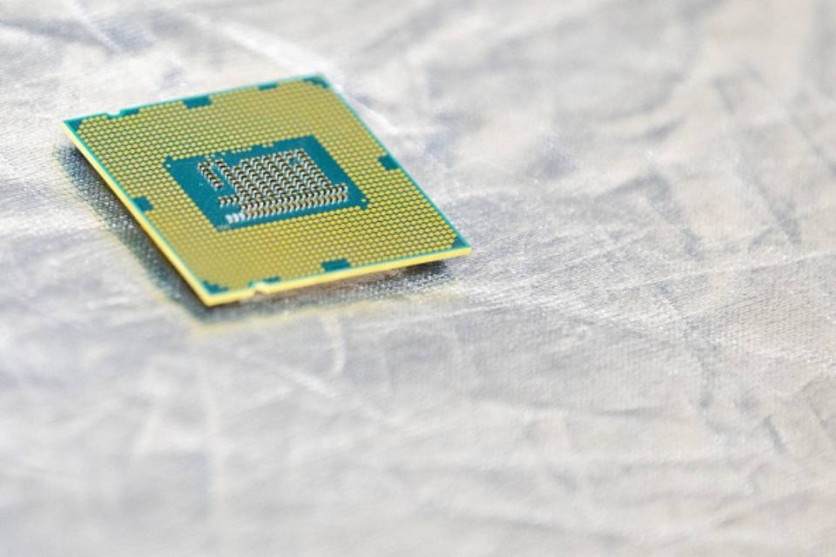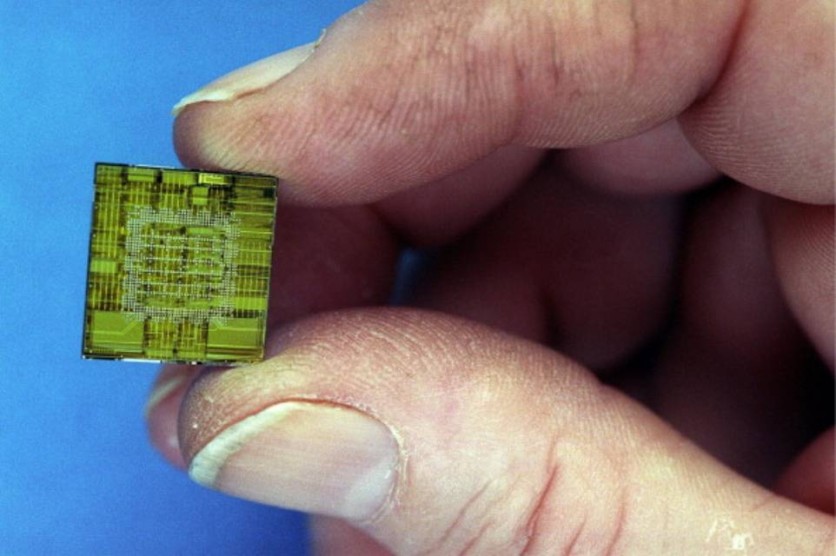There's so much talk about the brand-new Alder Lake Intel CPUs and whatever technologies they're bringing to the table, but it's all been on paper-until now.
WCCFTech just reported about the sighting of an engineering sample Intel Alder Lake-S processor, which features 16 cores and 24 threads at a base clock of 1.8 GHz (we'll get back to this). The chip, called the Intel Core-1800, is based on the 10nm process and has a 125-watt TDP.

The spec sheet for the new processor came from a German tech website called Igor's LAB. VideoCardz states that they were able to determine that the chip is an engineering sample based on its B0 stepping, which refers to the CPU as a second-revision engineering sample.
A Closer Look at big.LITTLE
Intel has been focusing on how their next-gen CPUs will feature a completely new architecture called big.LITTLE, which is a massive departure from their tried-and-tested formula these past years. And with the spec sheet for this Core-1800 processor revealed, we can actually take a closer look at how the Alder Lake chip is built.
The sheet reveals that the CPU mainly relies on 8 full-size cores with hyperthreading (meaning it has 16 threads). Nothing too different about that. But it also features 8 additional, smaller cores, which are called Atom, meant to handle any background tasks that don't require too much processing power.

This configuration, otherwise known as a hybrid, is called ARM and is the same CPU architecture used in modern smartphones. It has one main purpose: increase the chip's overall efficiency without sacrificing performance, as stated on ETeknix. This is what makes the build perfect for smartphones. But for desktops? It still remains to be seen.
What's Up With That Clock Speed?
Now, let's go back to that ridiculously low clock speed. 1.8 GHz isn't much these days for any CPU, be it mobile or desktop. But the big thing is that this Intel Core-1800 boosts itself to a maximum of 4.6 GHz, which is quite unheard of for an out-of-the-box turbo (these only reach a couple hundred megahertz at most). But since this chip is only an engineering sample, then the retail chip's base clock might be a lot higher.
The boost clocks scale according to how many cores are being worked. With the 8 big cores, 2 of those will boost to 4.6 GHz. This will go down to 4.4 GHz if four of the big cores are handling a workload, and will continue lowering to 4 GHz if all 8 of the big cores are handling a task. As for the 8 "little" cores with their 8 threads, they will have a max turbo of 3.4 GHz (1-4 cores) and a low turbo of 3 GHz (all 8 cores).
All that's needed now is for these chips to find their way into the hands of the public for proper reviews. And perhaps with Intel's impending USD $3.5 billion factory upgrade, the supplies won't run out as quickly come release day.
This article is owned by Tech Times
Written by RJ Pierce
ⓒ 2025 TECHTIMES.com All rights reserved. Do not reproduce without permission.




